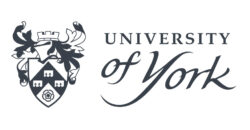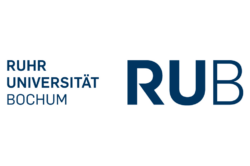Home
Bioelectronics Group
Research Areas
Organs-on-chip
We are developing technologies for understanding and preserving female fertility, with a particular focus on translating these in commercially available effective therapeutic solutions.
Biosensing
We are developing biosensors platforms for therapeutic drug monitoring to reduce the impact of Antimicrobial Resistance (AMR).
Nanopore
We are developing nanopore platforms for single-cell manipulation with single-molecule resolution.
DNA origami
We are designing DNA origami nanostructures to enable single molecule biosensing, electrochemical random access DNA memories and general testbeds for the study of biochemical reactions.















